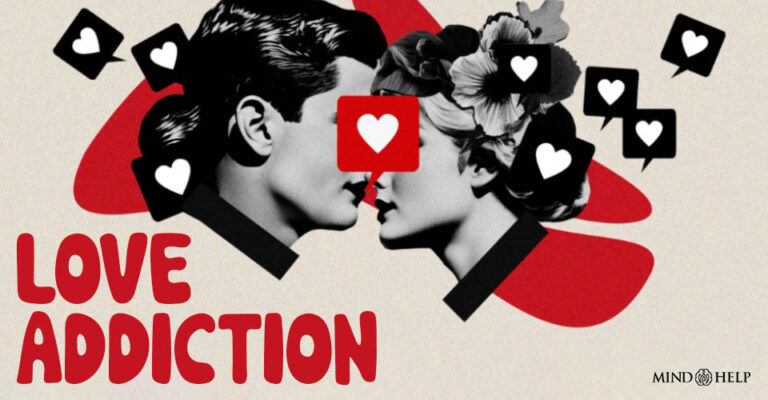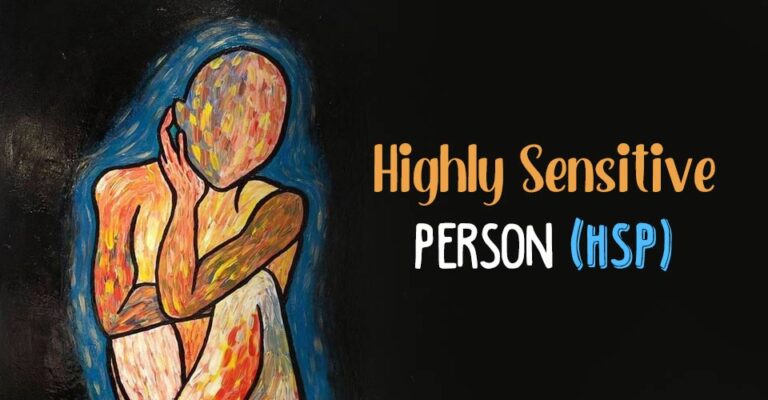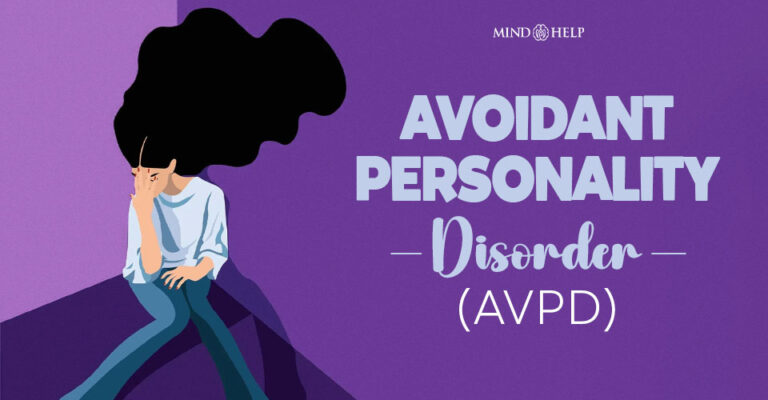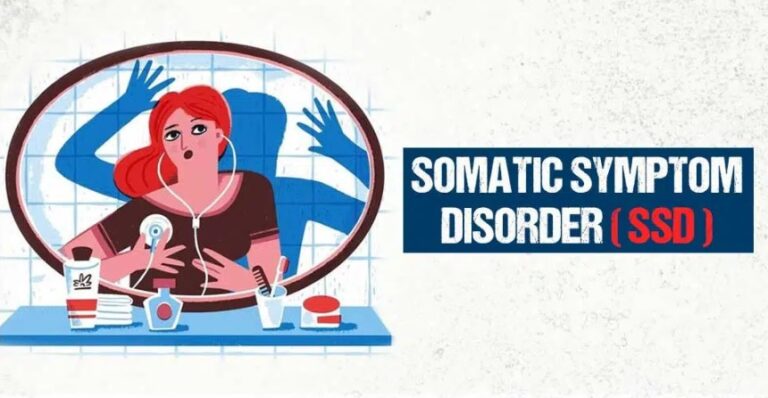An apology is a feeling of remorse over an action or behavior or an expression of regretful acknowledgment for an offense or failure. It is one of the important tools people use to build good relationships.
What Is An Apology?
A successful apology involves a detailed explanation of why a wrongful act was committed. It is solely aimed to elucidate that the act was not intended to hurt or harm anybody. “A regretful acknowledgment of an offense of failure; a formal, public statement of regrets, such as one issued by a newspaper, government, or other organization”, explains a 2017 study 1 Prothero, M. M., & Morse, J. M. (2017). Eliciting the Functional Processes of Apologizing for Errors in Health Care: Developing an Explanatory Model of Apology. Global qualitative nursing research, 4, 2333393617696686. https://doi.org/10.1177/2333393617696686 .
The act of apologizing must express guilt, shame, and anxiety to show the sincerity of the remorse. It is often portrayed as a sign of weakness while it indicates the great strength of an individual. It is considered to be a munificent act that restores or reinstitutes the self-concept of the offended person or people. A 2006 research paper 2 Friedman, H. H. (2006). The power of remorse and apology. Journal of College and Character, 7(1). https://doi.org/10.2202/1940-1639.1510 suggests that a genuine act of apologizing consists of the following characteristics:
- An expression of your regret for not being capable enough to do certain things
- An act of expressing remorse for your wrong behavior or action
- A written or spoken expression of your regret, remorse, guilt, sorrow, or failure.
- A promise to forbear from attempting any wrongful act in the future
- A heartful offer to repair a wrongful action or behavior
When people apologize without feeling remorse or regret, it is termed ‘Nonpology’ or ‘pseudo apology’. It refers to a form of apology that does not involve any remorse or guilt. Similarly, there can be remorse without proper apologizing as many people often feel guilty over past misdeeds but never apologize for their actions or behaviors. Remorse allows the wrongdoer to experience psychological pain and suffering. According to a 2008 study 3 Lazare, A. (2008). THE HEALING FORCES OF APOLOGY IN MEDICAL PRACTICE AND BEYOND. CORE – Aggregating the world’s open access research papers. https://core.ac.uk/download/pdf/232966694.pdf , a non-apology minimizes the error or wrongdoing. A conditional act of apologizing is never considered genuine or remorseful. This study describes apology as a partially mature concept that includes two primary types:
- The reflexive type allows an individual to acknowledge minor social deflexions in everyday discourse and repairs relationships.
- The formal type refers to the planned act of apologizing used for serious events or happenings.
Understanding Apology
Relationships can bring out the best in us, but conflicts and disagreements in relationships can cause considerable emotional pain and distress. A genuine apology acts as a damage repairing tool in such instances. Research 4 Ohbuchi, K., Kameda, M., & Agarie, N. (1989). Apology as aggression control: its role in mediating appraisal of and response to harm. Journal of personality and social psychology, 56(2), 219–227. https://doi.org/10.1037//0022-3514.56.2.219 suggests that apology often has aggression-inhibitory effects that are mediated by impression improvement, emotional mitigation, and desire reduction within the victim.
Several studies claim that apologies result in forgiveness when the wrongdoer takes the responsibility for his/her actions and admits guilt. These studies have found that apologies trigger more empathy in the aggrieved person for the offending one. Errors or wrongdoings that occur in personal or social relationships are emotional and sometimes extremely sensitive for both the wrongdoer and the victim.
In certain circumstances, debilitating feelings of shame, anger, guilt, fear, and humiliation often keep us from disclosing and apologizing to the offended person. Lack of apologies affects our emotional, spiritual, even physical well-being while the absence of this feeling of remorse triggers anger and bitterness, followed by a broken relationship. According to a 2015 study 5 Allan, A., McKillop, D., Dooley, J., Allan, M. M., & Preece, D. A. (2015). Apologies following an adverse medical event: The importance of focusing on the consumer’s needs. Patient education and counseling, 98(9), 1058–1062. https://doi.org/10.1016/j.pec.2015.06.001 , the level of formality indicates the importance and impact of the wrongdoings. Meanwhile, a 2011 research paper 6 Lazare, A., & Levy, R. S. (2011). Apologizing for humiliations in medical practice. Chest, 139(4), 746–751. https://doi.org/10.1378/chest.10-3334 explains that the responsibility and sincerity of apologies are directly associated with each other.
Read More About Relationships Here
Types Of Apology
Different types of apologies offer different outcomes and have different impacts on the wrongdoer and the offended person. According to a 2017 research paper 7 Prothero, M. M., & Morse, J. M. (2017). Eliciting the Functional Processes of Apologizing for Errors in Health Care: Developing an Explanatory Model of Apology. Global qualitative nursing research, 4, 2333393617696686. https://doi.org/10.1177/2333393617696686 , there are three main types of apologies such as:
1. Full apologies
Full apologies contain three primary components including an acceptance of responsibility for the wrongdoing, an expression of sincere regret, and a promise to resolve the problem reoccurring by doing everything to make a permanent change. Receiving a full apology leads to a continued relationship between the offender and the offended one.
2. Token apologies
In certain instances, people find or recognize an error by others. Although apologies are provided to the offended party by the wrongdoers, these apologies fail to meet the criteria of full apologies and often accelerate the victim’s feelings of betrayal, increased anger, and loss of trust. Some significant token apologies include:
a. Apologies with excuses
Sometimes, the wrongdoer removes himself/herself from the responsibility of the error or fault by blaming others or untoward influences. However, the offended person’s anger and distrust are not eased off.
b. Forced apologies
It occurs when the offended person demands an apology from the responsible person. The wrongdoer takes no responsibility for the error and shows no remorse or guilt.
c. Apologies by proxy
Though these kinds of apologies involve some of the characteristics of a full apology, it is offered by a third person who has no association with the incident. In such situations, the offended person may recognize the error and understand that the wrongdoer regrets his/her mistakes. But the offended party does not witness the wrongdoer’s expression of guilt and shame.
d. Pseudo-apologies
It significantly lacks the responsibility of the error. The wrongdoer may blame the offended one for the incident. Such apologies don’t contain any acceptance of responsibility by the guilty person and often deflect the blame onto the victim.
3. Failed apologies
These are false apologies that often lack certain essential characteristics of a full apology including:
a. Disclosure with no apology
In certain circumstances, the wrongdoer acknowledges the error without any other components of a full apology. It becomes extremely difficult for the wrongdoer as the offended person does not allow any emotional release of the apology. As anger triggers the feeling of betrayal and relationships are rarely restored between the wrongdoer and the victim.
b. Expression of regret or remorse (H4)
When the disclosure of an error is provided without any apologies or the expression of regret is portrayed during the disclosure without any full emotional weight of disclosure mortification, such apologies are not generally accepted by the offended party. The wrongdoer may feel that he/she has apologized by only acknowledging the mistake or error.
Types Of Apology Language
A 2006 study describes apology language as a popular framework designed by renowned psychologists Gary Chapman and Jennifer Thomas to offer different approaches to apologizing. The five languages include:
1. Expressing regret
It is the first language associated with apologies and the simplest act of saying sorry. Most people feel that apologies don’t involve any remorse or regret until it is explained verbally. To truly forgive, people need to witness the regrets in the wrongdoer. It is one of the main elements of genuine apologies but many people often allow pride to get in the way of expressing their regrets.
2. Accepting responsibility
This second language occurs when the wrongdoer genuinely accepts his/her fault or takes responsibility for the error. A good reason or explanation cannot change the error or any wrongdoings. The wrongdoer must understand why they did wrong and why their attempt was wrong.
3. Creating restitution
In certain situations, expressing regrets and accepting responsibility is not enough to portray remorse or guilt. This third language often includes a process of correcting the error or the affected situation. It occurs when the apologizer offers to restore or reinstitute the damaged phenomenon or pay for the inconvenience.
4. Repenting genuinely
This fourth language requires a behavioral change. Apologies lose their genuine approach if the wrongdoer does not provide any assurance that they will try not to make the same mistake. With this language, expressing remorse is not enough and it must include a sincere drive to do better.
5. Requesting forgiveness
It is the final element and the most difficult one. Requesting forgiveness from the offended party is a powerful attempt that means handing over the control of the relationship’s fate, accepting the possibility of rejection, and admitting the failure.
Attributes Of Apology
The attributes of apologies are often considered as the components that work together physiologically to make the apologies successful. A full apology must include the following attributes:
- An expression of genuine soul-searching regret, remorse, reparation
- An explanation of the incident
- An expression of sorrow, grief, sadness, and disappointment
- Timely acknowledgment of the wrong, hurt, error, or fault
- Responsibility with a commitment to prevent a recurrence
- A level of formality to portray the importance and impact
- Formal expressions of concern, empathy, and care
Benefits Of Apology
Apologies are considered to be statements that acknowledge the wrongdoings and their consequences. According to a 2008 research paper 8 Robbennolt J. K. (2009). Apologies and medical error. Clinical orthopedics and related research, 467(2), 376–382. https://doi.org/10.1007/s11999-008-0580-1 , apologizing involves some emotional benefits including decreasing anger and blame, increasing trust, improving relationships, and many others. The benefits are:
- Genuine apologies can significantly reduce the negative effects of conflicts and relationship stress
- It makes the offended person feel emotionally healed when the mistakes are acknowledged by the wrongdoer
- It helps people to forget the past and move on with new experiences and expectations.
- It allows room for forgiveness and empathy for the wrongdoer.
- After receiving a genuine apology, the victim no longer perceives the wrongdoer as a personal threat.
- Apologies and the acceptance of responsibility help one to rid themselves of esteem-robbing self-approach and guilt.
- It helps people to remain emotionally connected with their close ones.
- It helps the wrongdoer to develop a deep sense of self-respect.
- Though it may make the wrongdoer feel humiliated, it acts as a deterrent and prevents people from making the same mistake again.
How To Apologize Effectively
Relationships often cause serious conflicts or disagreements, followed by emotional pain and distress. Knowing how to apologize effectively can repair the damage in a relationship. The following are some of the beneficial ways to apologize sincerely:
- Always ask for permission to apologize as the offended person may need time to cool off. After receiving the permission, let the offended one know what you are apologizing for.
- Don’t make any assumptions before sincerely apologizing and never try to shift the blame.
- Make it clear that you feel guilty because of your wrong action or behavior.
- Before apologizing, always practice self-affirmation. Saying a few positive words to yourself has a positive impact and often leads to improving self-confidence and self-esteem.
- Let the offended person know about your realization of being hurtful to them.
- Explain how you want to pay for the consequences or right the situation.
- If there is anything you can do to amend the situation, do it without a second thought. Your effort will rehabilitate or restore your relationship with the offended person.
- Inform the offended person that inherent in your apology is a genuine promise from your side that you will not repeat the mistake.
- After explaining properly, offer a formal apology to the offended party.
- Verbalize why you want to apologize and reaffirm boundaries.
- Depending on the circumstances, consider following up with a personalized handwritten note.
- Always apologize for the right reason and acknowledge the offended person’s feelings.
- Try to move on from the error or mistake and remember your promises.
Offer A Genuine Apology
Apologies are not easy for everyone and play an important role in maintaining every relationship. One can make genuine and honest apologies only with an empathetic heart, a deep sense of remorse and guilt, enough effort, a dose of courage. It’s extremely important to learn how to apologize effectively as a false apology often does more damage. One requires to add a few key attributes to make a sincere apology. These efforts help us to maintain healthy and happy relationships.
Apology At A Glance
- An apology involves a detailed explanation of why a wrongful act was committed.
- The act of apologizing must express guilt, shame, and anxiety to show the sincerity of the remorse.
- Lack of apologies affects our emotional, and physical well-being while the absence of this feeling of remorse triggers anger.
- Apologizing involves some emotional benefits including decreasing anger and blame, increasing trust, improving relationships, and many others.
- It’s extremely important to learn how to apologize effectively as a false apology often does more damage.
- Apologies are not easy for everyone and play an important role in maintaining every relationship.











